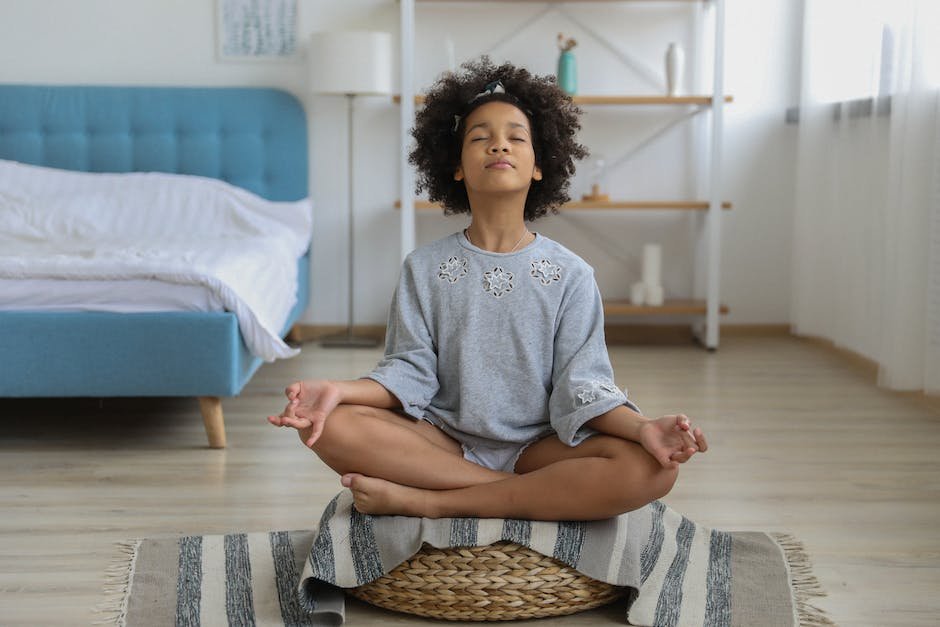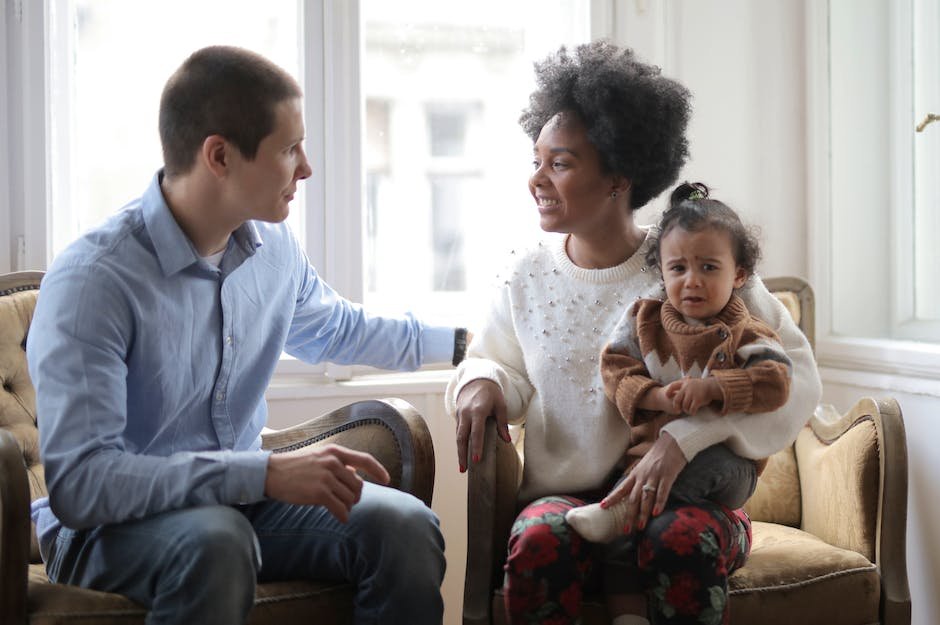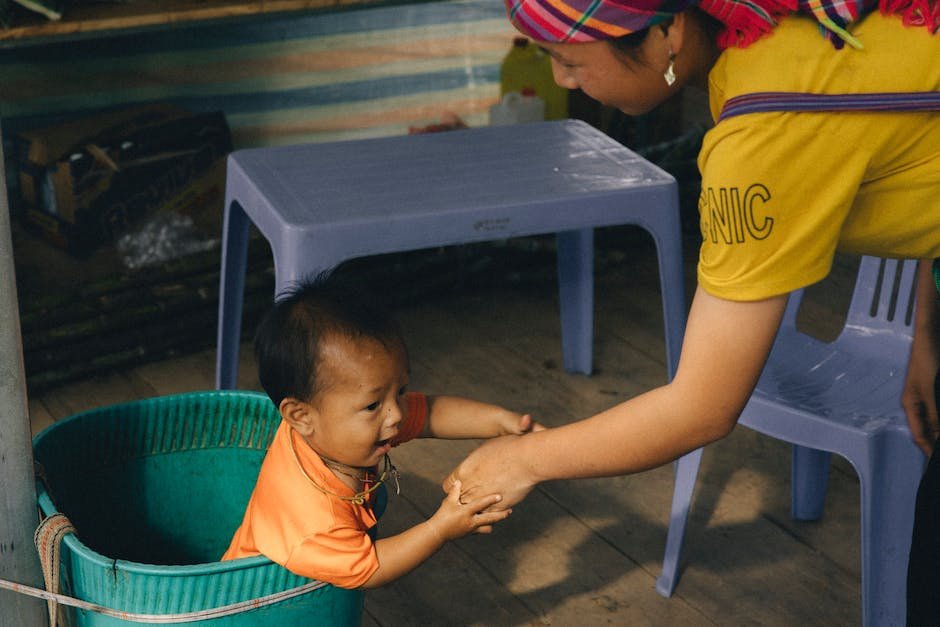
Autism is a broad spectrum disorder that can significantly affect an individual’s daily life in numerous ways, with one of the prominent challenges often being toilet training. Gaining a deeper understanding of autism is fundamental to tackling such challenges effectively, primarily due to the unique difficulties and experiences involved, and it’s particularly prominent when it comes to toilet training. The goal here is not to offer a one-size fits all solution but rather to delve into the world of autism and attempt to pave a way towards a smoother toilet training journey. We will explore common obstacles and potential solutions, bearing in mind the individual experiences of each child, aiming to equip parents with knowledge and strategies to help make the process more navigable.
Understanding Autism and Toilet Training Challenges
Title: Unique Challenges Autistic Children May Encounter During Toilet Training: A Parent’s Guide
Toilet training is a big step for any child. It’s one of those milestones that parents look forward to, albeit with a touch of apprehension. When it comes to children on the autism spectrum, this stage can carry additional complexities and needs that are unique to them. But don’t worry, with a bit of understanding, patience, and effective strategies, you can help your child navigate this crucial growth period smoothly.
One of the first things to understand about children with autism is that their sensory experiences can be very intense, which may impact toilet training significantly. Bright lighting, the sound of the toilet flushing, or even the texture of the toilet seat can potentially overwhelm them, causing discomfort or fear. Many autistic children also have a heightened sensitivity to certain textures, smells, or sounds, thus, it’s important to create a bathroom environment that is as calming as possible.
Delayed development in communication skills is another unique challenge for many autistic children. They may have difficulty understanding instructions, following routines, or expressing their needs, making the toilet training process a little trickier. Effort might be needed to convey to them what is expected during toilet training in a manner that they understand and are comfortable with.
In addition, anxiety or emotional discomfort can often be amplified in autistic children, especially when faced with change or the unknown. Toilet training introduces a lot of new sensations, demands, and routines, which could create anxieties. This could lead to resistance or avoidance of toilet training altogether. It’s important for parents and caregivers to demonstrate patience, offer reassurances, and celebrate small victories during this process.
Another consideration is motor skills development. Autistic children may find the physical act of getting to the toilet, pulling down pants, and getting on the toilet challenging. They may also struggle with understanding the body’s cues for needing to use the toilet, complicating the process further.
Finally, autistic children often thrive on routines and consistency, and toilet training is a major change in their established routines. The inconsistency of needing to use the toilet – sometimes it happens several times a day, other times not at all – can be particularly confusing and frustrating for them.
Understanding these unique challenges is the first step in helping your autistic child through the toilet training phase. Strategies like a visual schedule, established routines, sensory-friendly bathroom setup, and patient, consistent encouragement can all make a significant difference.
Remember that every child on the autism spectrum is different, and what works for one might not work for another. It’s all about figuring out what works best for your child and being there every step of the way on this journey.
You’ve got this! Parenthood is about learning, growing, and adapting alongside your child – toilet training with an autistic child may be a distinct journey, but at the end of it, you’ll only be richer in experience, knowledge, and triumphs, however small they may seem.

Bridging The Toilet Training Communication Gap
Building Bridges: Effective Communication and Motivation in Toilet Training
Transforming from diapers to using the toilet independently is a monumental step. The path may not always be straightforward. It’s paved with patience, understanding, and a dash of creativity sprinkled over. While each child’s journey will undoubtedly differ, here are some tips to facilitate open communication and encouraging motivation during toilet training.
Let’s start by talking about Sign Language. Sign language happens to be an underutilized tool during toilet training. As an exciting and highly visual form of communication, it assists even the youngest of children in expressing their needs before words come into play. Adding signs for “bathroom”, “toilet”, or “diaper” into daily conversations prompts comprehension and enables toddlers to communicate their toilet needs effectively.
Fostering a Positive Atmosphere becomes crucial during toilet training. Remember, mistakes or accidents are inevitable; it’s all part of the learning process. If your child has an accident, react with kindness, patience, and reassurance to reaffirm that it’s okay. Consequently, this compassionate approach nurtures confidence and reduces fear or anxiety relating to toilet use.
Rewards also play a pivotal role in keeping the motivation alive during toilet training. However, rewards need not necessarily translate into tangible treats. Verbal affirmations, little victory dances, or an extra bedtime story makes the process exciting. The key is to make the transition fun and avoid turning it into a chore or punishment.
Creating a Distraction-Free Toilet Zone helps in reinforcing the concept of ‘toilet time’. This involves making the bathroom a place where your child feels comfortable spending a bit of time. You could invest in a colorful potty seat, put up some child-friendly posters, or even introduce a ‘toilet-time’ mascot toy. Although ensure to maintain it routine-based, which means limiting play or other activities during the designated ‘toilet-time’.
Last but not least, Building Peer Support, significantly encourages the learning process. Peer modelling, a technique where children learn by observing others, can be terrifically helpful. This could involve siblings, cousins, or even your child’s favorite cartoon characters using the toilet. This strategy is based on the inherent instinct of children to imitate behaviors they observe around them.
Despite these universal strategies, remember every child is unique in their journey through toilet training. Some might sprint, while others might enjoy a leisurely stroll. As a parent, it’s essential to respect their pace and offer guidance filled with patience and love. After all, it’s these small but significant milestones that makeup the magical mosaic of parenting and family.

Creating a Custom Toilet Training Routine
Tailoring A Toilet Training Routine For Your Child’s Unique Needs: It’s All About Patience, Love And A Few Handy Strategies
Toilet training is more of a journey than a destination, where the experience is as vital as the end result. Though we’ve talked on topics like sensory challenges, communication, anxiety, and motor skills before, understanding that your child’s experience is genuinely unique is crucial. Building upon that premise, let’s dive into some more strategies to establish a toilet training routine centered around your child’s distinct needs.
Harnessing Sign Language for CommunicationYou never think about how much language comes into play until you’re trying to toilet train a toddler without a strong verbal skill set. Sign language can provide an excellent non-verbal communication tool. Simple signs can indicate “potty time,” “done” or “accident,” helping decrease frustration and misunderstandings.
Creating a Positive Atmosphere and Nurturing KindnessAccidents will happen – it’s almost a rite of passage in toilet training. Reacting with kindness and reassurance will create a positive atmosphere, minimizing anxiety and building up your child’s confidence. Remember, toilet training is not a time for scolding or punishment; it’s about guidance, support, and buckets of patience.
Rewarding Progress as MotivationRewards can be an excellent motivator during toilet training. Remember, rewards don’t always mean candies or toys, a high-five, a little dance, or a proud “well done!” can be rewarding too! The focus should be on positive reinforcement, making the transition a fun and exciting milestone rather than a daunting task.
Establishing a Distraction-Free Toilet ZoneTo help your child understand the concept of ‘toilet time’, it can be helpful to create an inviting, distraction-free zone for your little one. Soft lighting, a step stool for easy access, and perhaps a favorite soft toy for comfort can aid in establishing a toilet routine. Encourage your child to recognize this space as specifically for toilet needs.
Building Peer Support through Observation and Modeling‘Seeing’ is often ‘believing’ for children. It’s not uncommon for kids to learn faster through observing their peers. Peer modeling can be very effective during toilet training. If possible, allow your child to observe an older sibling or a peer successfully execute toilet time. Seeing others do it successfully can be inspiring, assuring them that they can do it too.
Respecting Individual Pace and Offering Patient GuidanceAs we’ve mentioned before, every child is unique; their style and pace of learning are unique as well. For some, toilet training can take days, while for others, it may take months. It’s important to keep expectations realistic, respect their individual pace, and offer patient guidance. Always remember, the aim is to make your child feel secure and confident during this journey, transforming toilet training into a positive experience. Love, patience, and custom strategies are the only queue to jumping this hurdle with aplomb!
In conclusion, fine-tuning a toilet training routine as unique as your child can be a delightful experience. It’s not about getting it right the first time, it’s about thriving alongside your child while they master a new skill at their pace. This journey isn’t just about them growing up, it’s about you growing with them too!

Professional Support and Resources
The Proactive Parent’s Guide: Navigating Toilet Training with Support and Resources
Addressing essential parenting elements like toilet training may stir feelings of uncertainty. Yet, professional help and resources are readily available to support you through these milestones. Here, we’ll delve into various approaches that parents can explore to simplify the toilet training process.
Firstly, let’s look at Sign Language. Sign language can play a crucial role in establishing a communication channel between parent and child during toilet training, especially for children experiencing communication delays. Several professional organizations and online platforms provide sign language training for parents, tailoring their programs to help address everyday tasks, including toilet training.
Secondly, fostering a Positive Atmosphere and Nurturing Kindness is pivotal. Professional child therapists and psychologists emphasize the value of maintaining patience, love, and positivity during the toilet training journey. React calmly to accidents and reassure the child with kind words – this can significantly speed up the learning process. Numerous online resources offer tips on how to handle accidents and foster a supportive environment.
Next up, let’s cover Rewarding Progress as a Megaphone of Motivation. Pediatricians and child specialists often recommend using a rewards system to make toilet training an enjoyable experience. Parents can seek guidance from teachers and therapists on how to effectively implement such systems.
The fourth point is creating a Distraction-Free Toilet Zone, often endorsed by professionals in the field. To instill the habit of ‘toilet time’, eliminate possible distractions. Resources on interior design for kids provide many solutions to design a calm, comfortable toilet area, enhancing the child’s focus and overall experience.
Furthermore, Building Peer Support through Observation and Modeling proves to be effective for children. The ‘bandwagon effect’ here applies, as seeing siblings or peers use the toilet encourages the child to do the same. Parenting books and online forums suggest practical ways to safely facilitate peer modeling during toilet training.
The final point is all about Respecting Individual Pace and Offering Patient Guidance. Every child is unique, and their learning pace varies. Occupational therapists and child psychologists often stress the importance of patience, understanding, and respectful guidance.
In conclusion, countless professional resources – including educational organizations, therapists, physicians, and experienced parents congregating in online communities-are available to lend parents a helping hand. Remember, navigating through the journey of toilet training can indeed be challenging, but it is also a grand adventure to cherish. The guidance, support, and love that you offer your children during these significant milestones will surely foster a bond that lasts a lifetime!

In the journey of toilet training an autistic child, it’s essential to understand that while the road may indeed be arduous, it’s not an impossible task. Through adequate understanding of autism, bridging communication gaps, creating a customized toilet training routine, and leveraging professional support, parents can help their children overcome these challenges. Acknowledging that each child is unique and hence their approach ought to be, there is no precise blueprint to this process. Embrace the twists and turns unravelling throughout the journey and remain patient, remembering that progress may be slow, but with consistency and flexibility, it’s certainly attainable.




